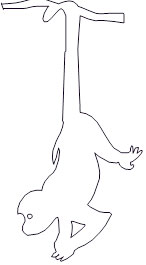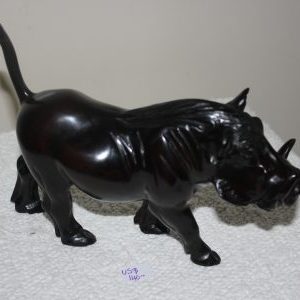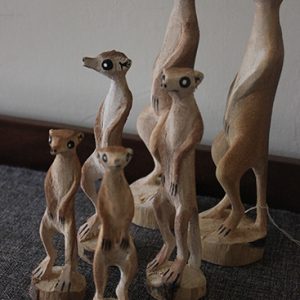The Wakamba of Eastern Kenya are the country’s foremost traditional sculptors.
Artistry, some say, is in their genes and talent is passed down from father to son.
Different families specialize in different subject matter; the technique in every case is a jealously guarded secret and stays within the family for generations. Every sculpture requires at least 4 progressive steps to get to the final work. Very often, it requires 4 different specialists, from carving, to detailing to sanding to polishing.
The Wakamba regard the whole process as sacred. Offerings are made to appease the spirits of the tree cut down for the purpose of sculpting. Luck and blessings are wished for as the wood graduates into sculpture, for the final owner.
The Wakamba traditionally carved out of African Ebony a hard and durable wood – white on the outside, black in the core and fairly difficult to work. Sometimes they work out of Rosewood. Also a hard wood, white on the outside and rose or redwood on the inside.
As more and more sculptures come in demand, good seasoned ebony gets more difficult to find and artists are now turning to African Olive and Jacaranda.
The sculpting tradition among the Wakamba is still very much alive, though fewer members of the younger generation are willing to go through the laborious process of training and apprenticeship, choosing formal education instead.
Showing all 2 results

 0 items
0 items 

